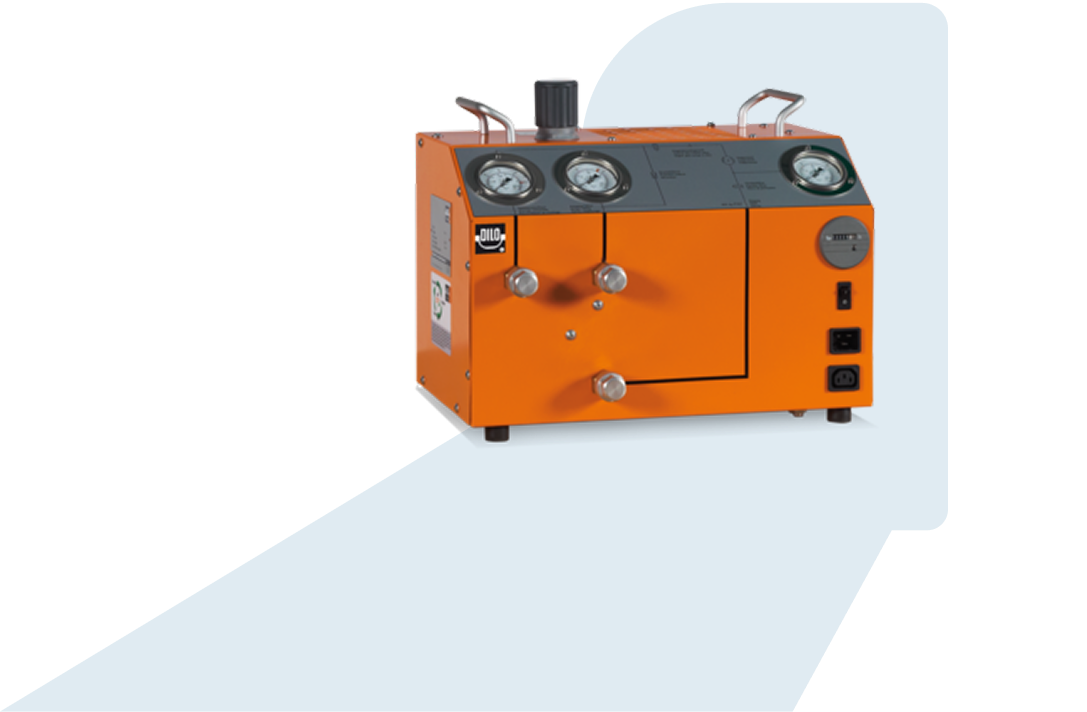
Specialty gases power innovation across critical industries—from satellite propulsion systems to semiconductor fabrication. Managing noble gases like helium, xenon, and argon alongside oxygen and hydrogen demands more than standard equipment; it requires precision-engineered solutions built for the most demanding applications.
In-Gas Solutions delivers custom gas handling systems that go beyond off-the-shelf offerings. We design, source, and manufacture equipment that solves real-world challenges—whether you're recovering helium at cryogenic temperatures, managing hydrogen at extreme pressures, or minimizing xenon losses in high-value applications. Our approach combines manufacturing flexibility with deep technical expertise, enabling us to deliver the exact solution your operation needs.
.png)
.png)
.png)
.png)
.png)

.png)

.png)

.png)

.png)

.png)
.png)
.png)
.png)
.png)
.png)
.png)
.png)
.png)
.png)
.png)
.png)
.png)

.png)

.png)
.png)
.png)
.png)
Addresses cylinder handling, storage segregation, securing methods, and valve protection. Requirements prevent common failure modes like cylinder tip-overs, incompatible gas mixing, and valve damage during transport.
-2.png)
-1.png)
.png)
.png)
.png)
-3.png)
Chemical Hazard Protection
Fire Prevention Equipment
Oxygen Displacement Risk
.png)
Equipment purchases represent long-term commitments—systems operate for 15-20 years, and your provider relationship extends well beyond initial installation. Evaluate potential partners on criteria that matter over the equipment lifecycle:
-1.png)
-1.png)
-1.png)
-1.png)
-1.png)
-1.png)
.png)
Discuss your specific project needs or get answers to your questions about professional gas handling practices.
.png)
Discuss your specific project needs or get answers to your questions about professional gas handling practices.
.png)
Discuss your specific project needs or get answers to your questions about professional gas handling practices.
-1.png)
Access expert technical assistance for your gas handling and equipment needs.